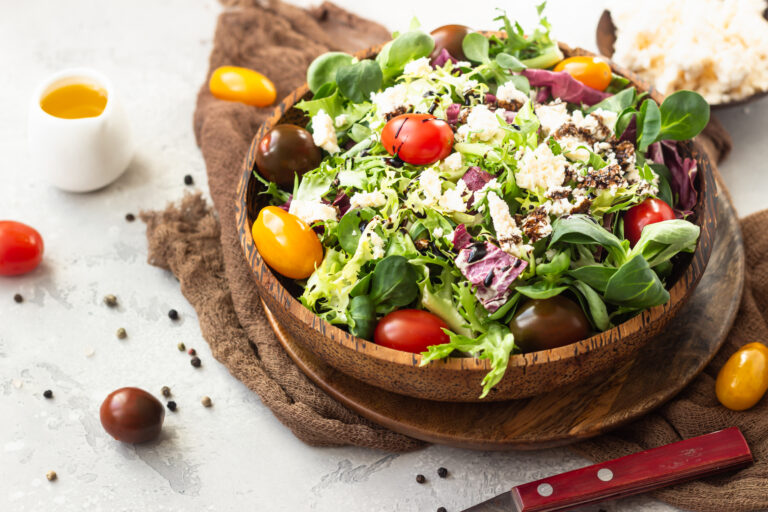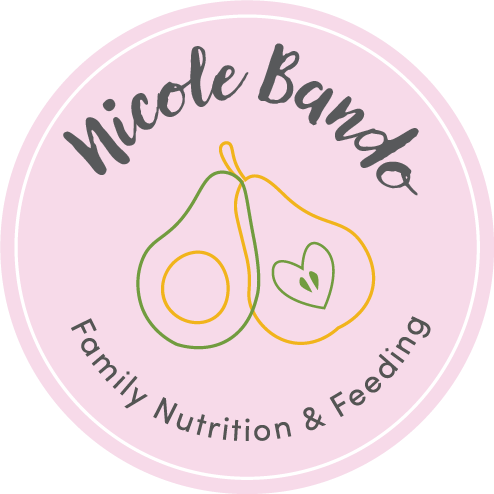Nicole Bando | Dietitian & Lactation Consultant
Search by typing & pressing enter
Search by typing & pressing enter
Search by typing & pressing enter
Nutrition and Breastfeeding Articles

‘It is hard to know what to believe with so much conflicting nutrition
information. I provide you with the latest evidence-based facts.’
Categories


Follow these 4 small steps to make sustainable food choices, to save money and make a positive change to our environment:
- Reduce food waste
– Be prepared. Meal plan your week to ensure you are only buying the ingredients you will need and use.
– Be savvy with your storage; freeze leftovers, store spices and pantry items in airtight containers and jars, freeze fruit and vegetables to use at a later date for smoothies or soups.
– Leftovers become handy lunches, so use containers and take any food to work the next day.
– Use sustainable food wrapping e.g. beeswax to cover food rather than plastic.
– Be savvy with your food, use all aspects of fruits and vegetables, or start your own composting or feed to the animals.
2.Frozen vs Fresh
Fresh doesn’t always mean better. Frozen fruit and vegetables are just as nutritious and make food preparation easier. Frozen food lasts longer leading to reduced food wastage. Frozen fruit and vegetables are cheaper, and means that non-seasonal vegetables can be consumed all year long if needed.
3.Meal planning
As briefly touched on before, meal planning can help to reduce wastage and help to reduce excess landfill entering our environment.
– Plan your week of meals, and write a list before going shopping[NB2] .
– Only buy the amount you need and will use, this can be done by using recipes with specific measurements.
– Use frozen items from your freezer in your cooking, to prevent food build-up in your freezer.
– Check your pantry, freezer and fridge before shopping so you don’t double up.
4.Avoid excess plastic packaging
– Use material reusable shopping bags, and leave some in your car as this can help with those last minute ingredient pick-up at the supermarket!
– Small mesh bags can be used instead of plastic bags when buying fruit and vegetables.
– Try choosing fruit and vegetables that are free from plastic in the supermarket i.e. not already packaged.
Make sure you check out upcoming article for more alternative plastic packaging ideas.
5.Limit takeaway meals
Take-away can be a quick, easy meal every now and then, but they provide limited nutrition. They also provide excessive amounts of packaging, we may over order, further contributing to food waste. If you are choosing takeaway meals, choose only the amount you will consume and take your own packaging e.g. a container to collect your food!
Additional resource.
By Emma McShane, Dietitian, September 2022
